June 2, 2025 | 10:32 GMT +7
June 2, 2025 | 10:32 GMT +7
Hotline: 0913.378.918
June 2, 2025 | 10:32 GMT +7
Hotline: 0913.378.918

Ngo The Anh, Head of the Aquaculture Division (Department of Fisheries, Ministry of Agriculture and Rural Development), said Vietnamese shrimp have been exported to nearly 100 countries. Photo: Minh Sang.
At the Forum Connecting the production, processing, and export of brackish water shrimp in Vietnam taking place on July 21 in Ho Chi Minh city, Ngo The Anh, Head of the Aquaculture Division (Department of Fisheries, Ministry of Agriculture and Rural Development) said that the shrimp industry had played an essential role in Vietnam's seafood exports during the past two decades.
Vietnamese shrimp have been exported to nearly 100 countries and territories, with 5 major markets including Europe, the US, Japan, China, and Korea. Vietnam has become the world's second-largest shrimp supplier, with export value accounting for 13 - 14% of the world's total shrimp export value.
The shrimp industry annually contributes approximately 40 - 45% of the total seafood export value, equivalent to US$ 3.5-4 billion. Our country's shrimp export turnover in 2022 also set a record when reaching US$ 4.3 billion, up 11.2% compared to 2021.
According to The Anh, in the past 5 years (2018-2022), the shrimp industry has maintained a relatively stable farming area at more than 700,000 hectares, developed in some transitional areas (salinity). The level of intensive farming/application of science and technology, new farming technology into production has been focused but not high; has not been active in seed sources, still depends on natural and imported sources. Links in the shrimp chain are still loose. Production costs are high, and competitiveness is low...
In the first 6 months of 2023, the brackish water shrimp farming area of Vietnam reaches 656,000 hectares, an increase of 6.4% over the same period last year, of which the area of black tiger shrimp is 605,000 hectares, and white-leg shrimp is 51,000 hectares. The country's brackish water shrimp production reached 467,000 tons, up 4.1% over the same period in 2022.
However, shrimp export turnover only reached US$ 1.56 billion, accounting for 38% of the total seafood export turnover of the country. Shrimp area and output, although meeting the plan and growing compared to the same period in 2022, the export turnover decreased, the season was good, but the selling price fell deeply, and input costs were high.
Currently, the shrimp industry faces difficulties and challenges such as climate change and drought - salinity in the Mekong Delta with unpredictable fluctuation, leading to the risk of disease outbreaks. The seed source is inactive and depends on imports and natural exploitation, so it isn't easy to control the quality.
The infrastructure of the farming area is not guaranteed, and small and fragmented production still accounts for the majority. Linking production and export chains is not tight and compelling. Monitoring and warning of the farming environment are still weak. In particular, high production costs and low competitiveness.
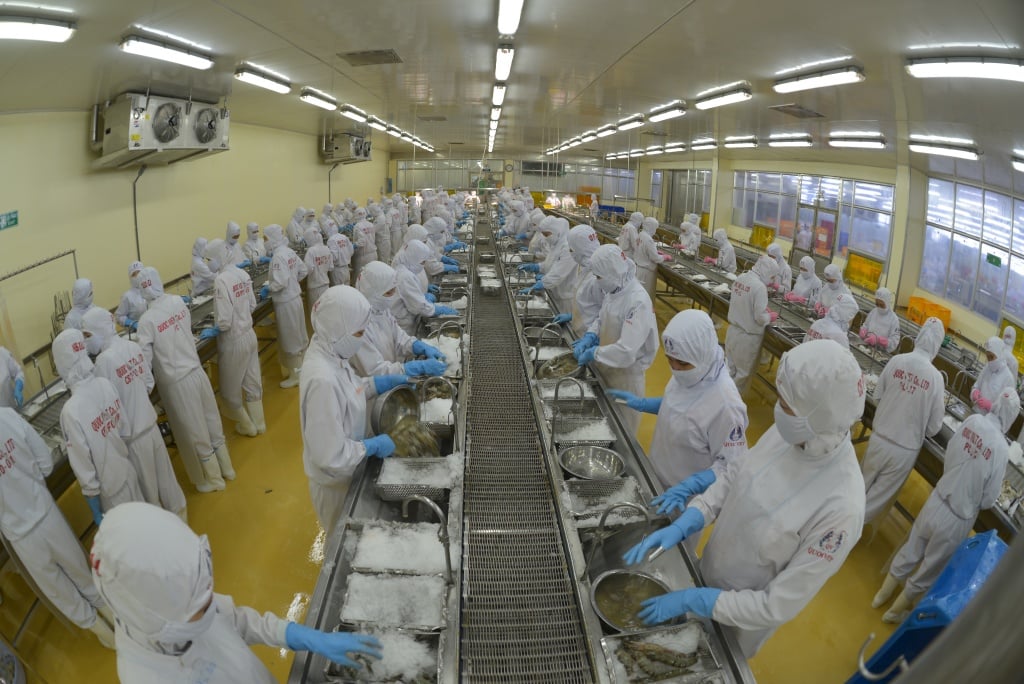
The shrimp industry has played an important role in Vietnam's seafood exports during the past two decades. Photo: Thanh Cuong.
Regarding the development orientation of the brackish water shrimp industry in the coming time, The Anh shared that he will focus on applying new and advanced techniques to production, diversifying farming methods according to the conditions of each region, and adapting to the impact of climate change.
For the coastal provinces from Quang Ninh to Thua Thien Hue, priority should be given to developing temperature-controlled farming methods in winter, intensive farming, and super-intensive farming in net houses, cement tanks, and canvas ponds.
Regarding the southwestern coastal provinces, priority should be given to developing ecological black tiger shrimp farming in mangrove forests, organic farming, and shrimp-rice farming, applying science and technology to improve shrimp productivity in extensive farming areas.
In the last 6 months of 2023, the shrimp industry will focus on maintaining the farming area and supplementing the harvested area as planned. Specifically, the target output in the last 6 months of 2023 is 563,000 tons.
The USA and China are two markets that Vasep considers "a ray of hope" for shrimp exports in the second half of this year. Vietnam's shrimp exports to the US in the first 6 months of this year reached US$ 299 million, down 38%. In June this year, shrimp exports to the US fell by 23%, the lowest decline since the beginning of the year. Vietnamese shrimp exports to the US in June reached more than US$ 71 million, the highest value since the beginning of this year. Expectations of low shrimp prices in the US have created a bottom, and shrimp consumption for the year-end has increased.
Vietnam's shrimp exports to China in the first half of this year reached US$ 239 million, down 19% over the same period. June is the first month since the beginning of this year that shrimp exports to China recorded an increase compared to last year, up 19% with a value of US$ 59 million. The rate of decline has been gradual since March.
The shrimp industry has proposed solutions to ensure output in the last months of 2023, such as: Maintaining production, stabilizing farmers' psychology, and not harvesting massively. Technical guidance suitable to the current conditions and context in the direction of stocking density can be reduced, and large harvest size combined with solutions to reduce input costs...
At the same time, focus on urgent solutions such as: Reducing intermediate costs, feed, and input materials, reducing product costs to maintain production, and ensuring the plan of the year.
Translated by Ha Phuc
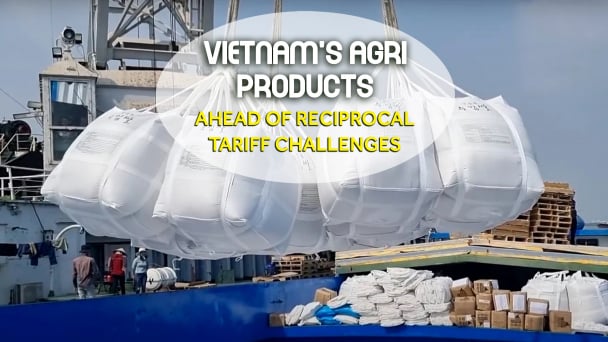
(VAN) Businesses in Vietnam are attempting to export rice to the United States ahead of the implementation of reciprocal tariffs, while remaining their optimism regarding this critical market.
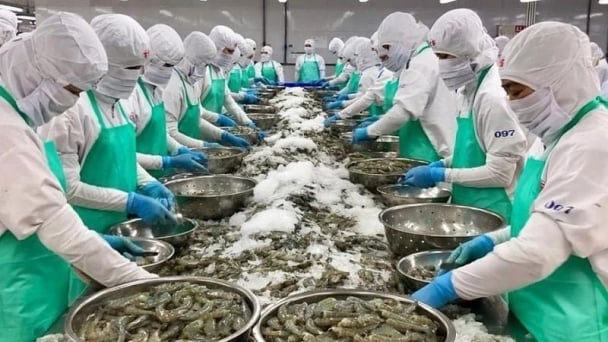
(VAN) From containers of cashew nuts, shrimp to in-depth technical dialogues, agricultural cooperation between Vietnam and the United States is entering a period of sustainable and two-way development.
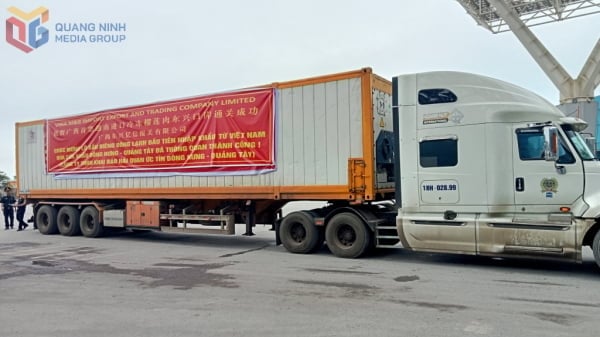
(VAN) After the talks on May 28, Vietnam successfully exported its first batch of frozen durians to China, marking a new milestone in agricultural trade cooperation between the two countries.
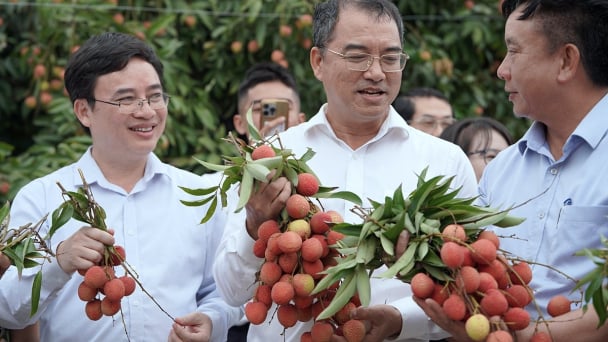
(VAN) Several major companies, such as Red Dragon and Ameii Vietnam, have signed purchasing agreements for the 2025 season, targeting markets including Japan, the United States, and the EU.
/2025/05/30/5010-5-173638_943.jpg)
(VAN) On May 29, at the GO! My Tho Trading Center, the Tien Giang Department of Industry and Trade, in collaboration with Central Retail Corporation, held the opening ceremony of the 3rd Fruit Festival 2025.
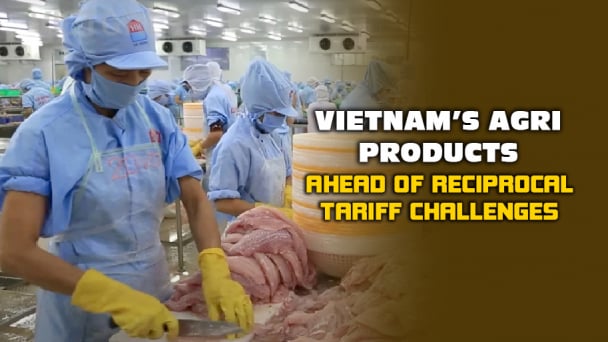
(VAN) Reciprocal tariffs are exerting pressure on U.S. exports, prompting Vietnamese firms to shift their focus to Muslim markets, Thailand, and Brazil.
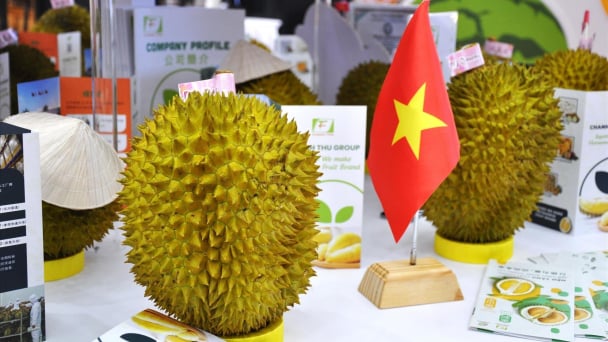
(VAN) A free booth for two years at Xinfadi, Beijing's largest wholesale market, will be allocated to Vietnam's agricultural products.